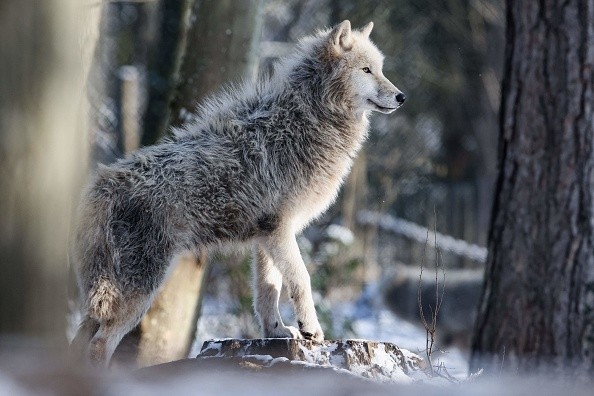THIS WEEK, the US Fish and Wildlife Service stated that new legislation liberalizing gray wolf hunting and trapping in the Northern Rockies might support reclassifying the animals as endangered species under the Endangered Species Act.

Liberal Hunting Legislations

Both Idaho and Montana enacted laws earlier this year making it easier to hunt and trap wolves, legalizing tactics previously reserved for far more numerous animals such as wild pigs, raccoons, and coyotes, backed by the ranching industry, which sees wolves as a growing liability in states with extensive cattle and sheep grazing.
However, that tactic now appears to be backfiring. In light of new laws established in Idaho and Montana to significantly reduce wolf populations, conservation and wildlife advocacy groups, including the Center for Biological Diversity, filed a pair of petitions demanding that the government re-list gray wolves as threatened or endangered. According to the FWS, the petitioners offered "substantial information indicating possible increases in human-caused mortality may constitute a threat to the gray wolf in the western United States," according to the FWS.
According to the announcement, "the Service also concludes that new regulatory procedures in Idaho and Montana may be insufficient to manage this threat." It is predicted that the review will take a year to complete.
Related Article : Despite Pressure, Wisconsin Allows Hunters to Kill Up to 300 Wolves During the Fall Hunt
Lawmaking Disagreements
The pending judgment will likely revive long-standing disagreements between the federal government, Western states, and outside groups about who manages gray wolves and how many the region should support.
The gray wolf was nearly exterminated from the continental United States, owing to government extermination programs carried out on ranchers' behalf to decrease livestock losses. However, they were restored to the Northern Rockies by the federal government in 1995. They've been federally protected for years under the Endangered Species Act, and their return is one of the law's biggest success stories.
However, their reintroduction sparked years of legal fighting as state governments fought for the right to manage them like any other non-protected species, including hunting and trapping to restrict their numbers.
Wolf Conservation in the US

Wolves are one of the few animals that truly represents the wild. They're important in driving evolution and balancing ecosystems since they're majestic, clever, and highly sociable. Approximately 2 million wolves used to wander freely across North America. However, a federal extermination operation reduced their numbers to dangerously low levels.
Gray wolves were eventually protected in the 1960s under the Endangered Species Act's predecessor. But, except for Michigan's Isle Royale National Park and a small portion of Minnesota, they'd been eradicated from the continental United States.
Since 2003, when the US Fish and Wildlife Service attempted to remove wolves' federal Endangered Species Act protections, the Center has been battling that decision in court. The agency filed a slew of cases over the last two decades to keep protections in place that have helped wolf populations thrive.
Also Read : A Third of Wisconsin's Wild Wolves Killed in 60 Hours After Being Removed From Endangered List
For the most recent news about animal conservation, don't forget to follow Nature World News!
© 2026 NatureWorldNews.com All rights reserved. Do not reproduce without permission.





